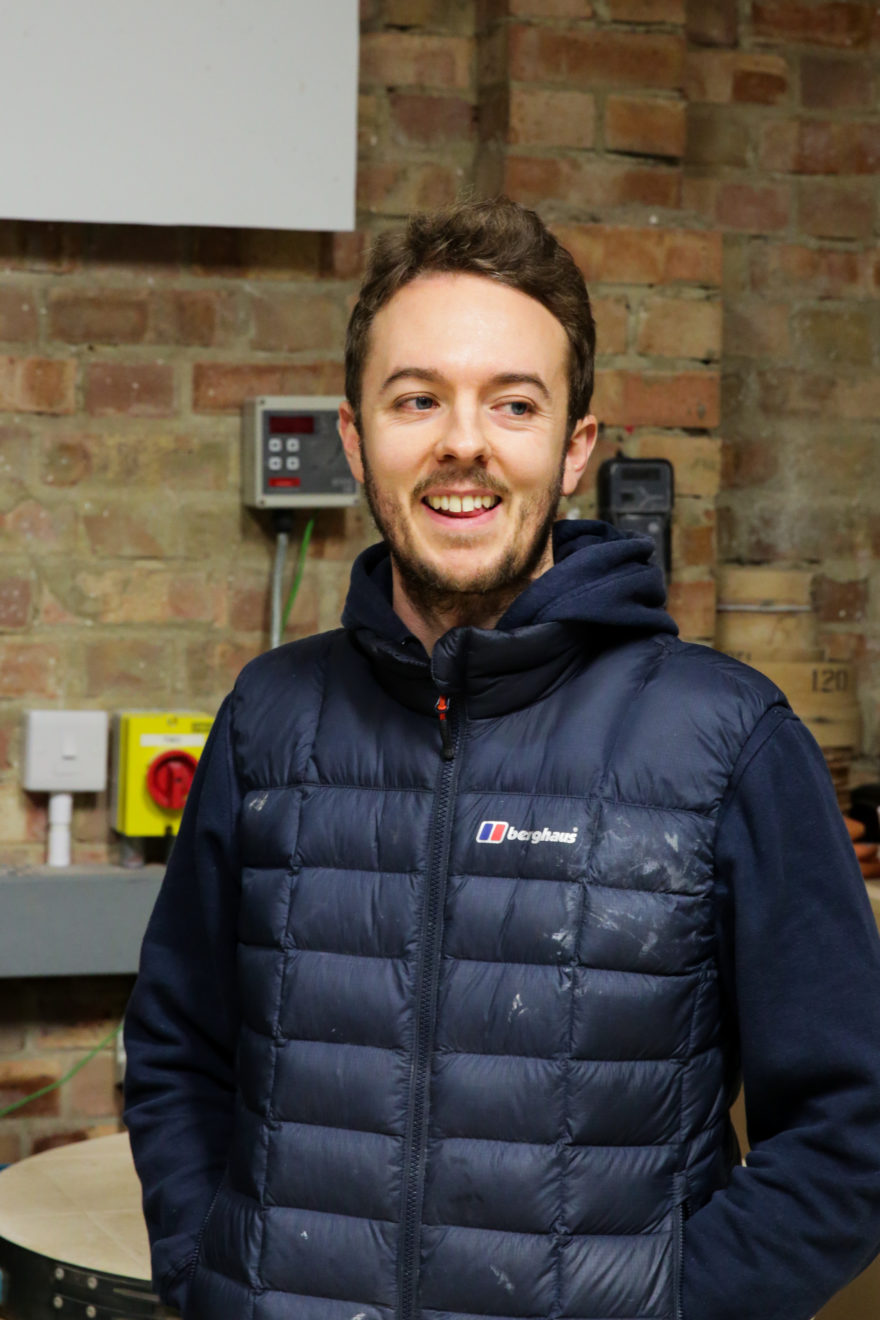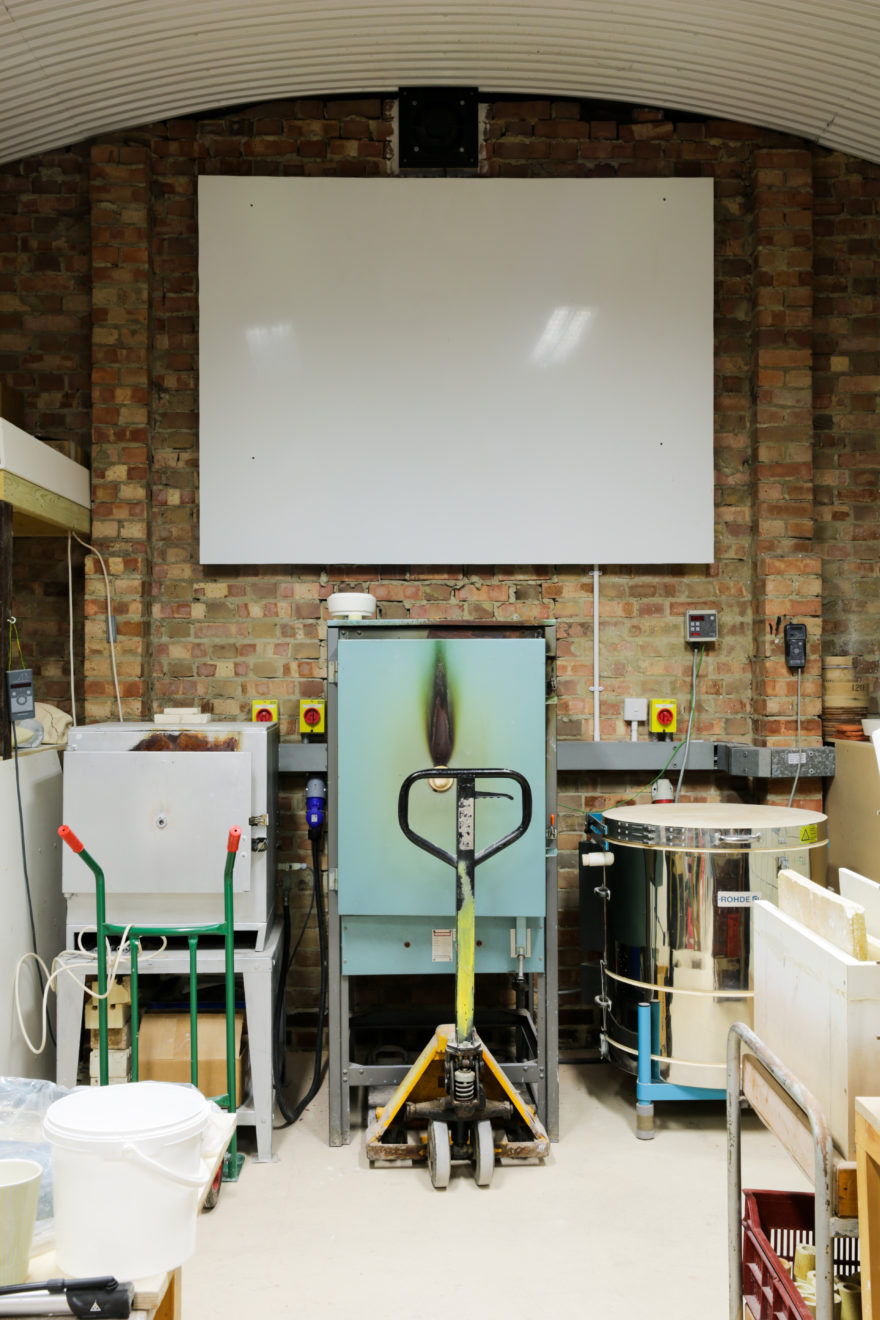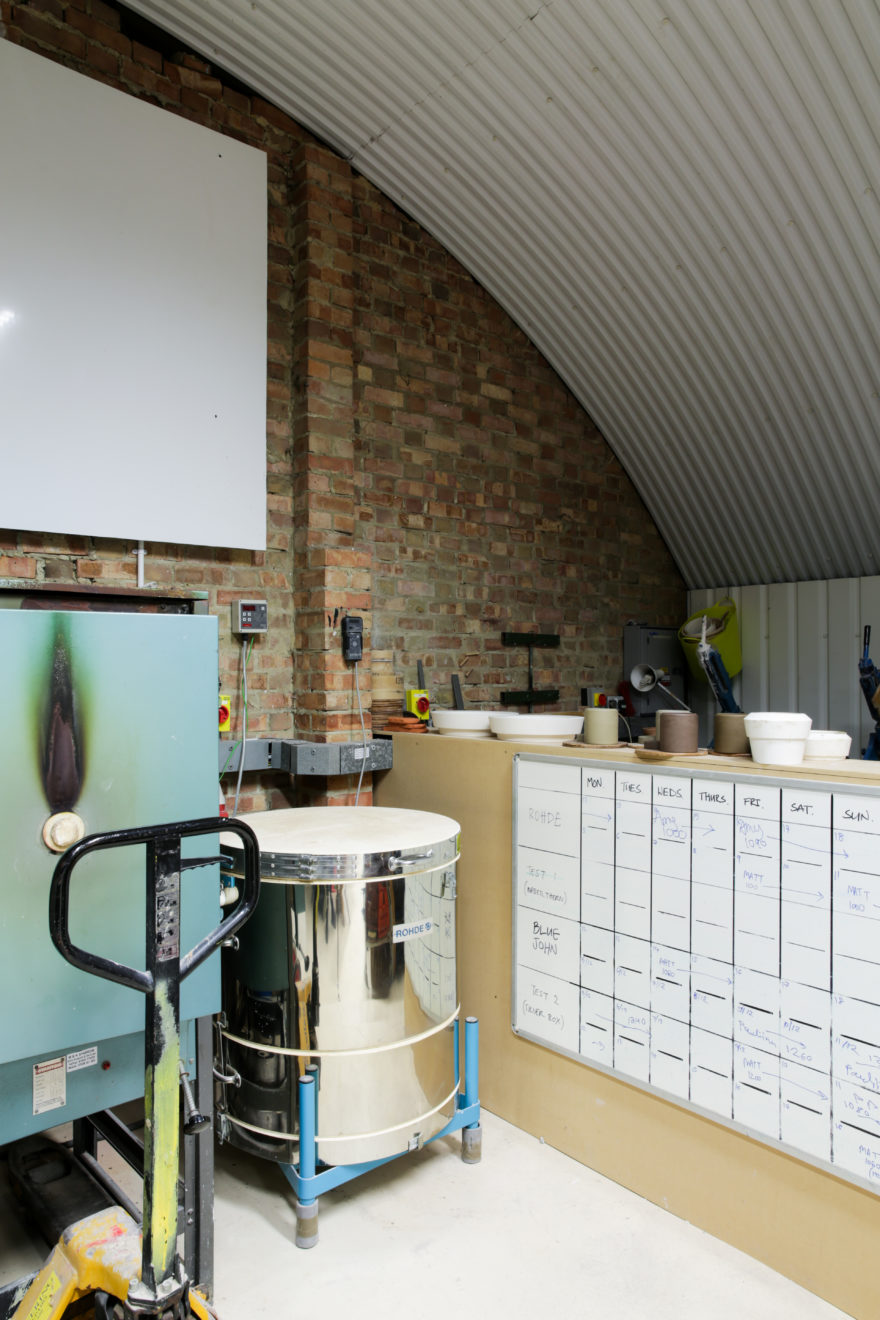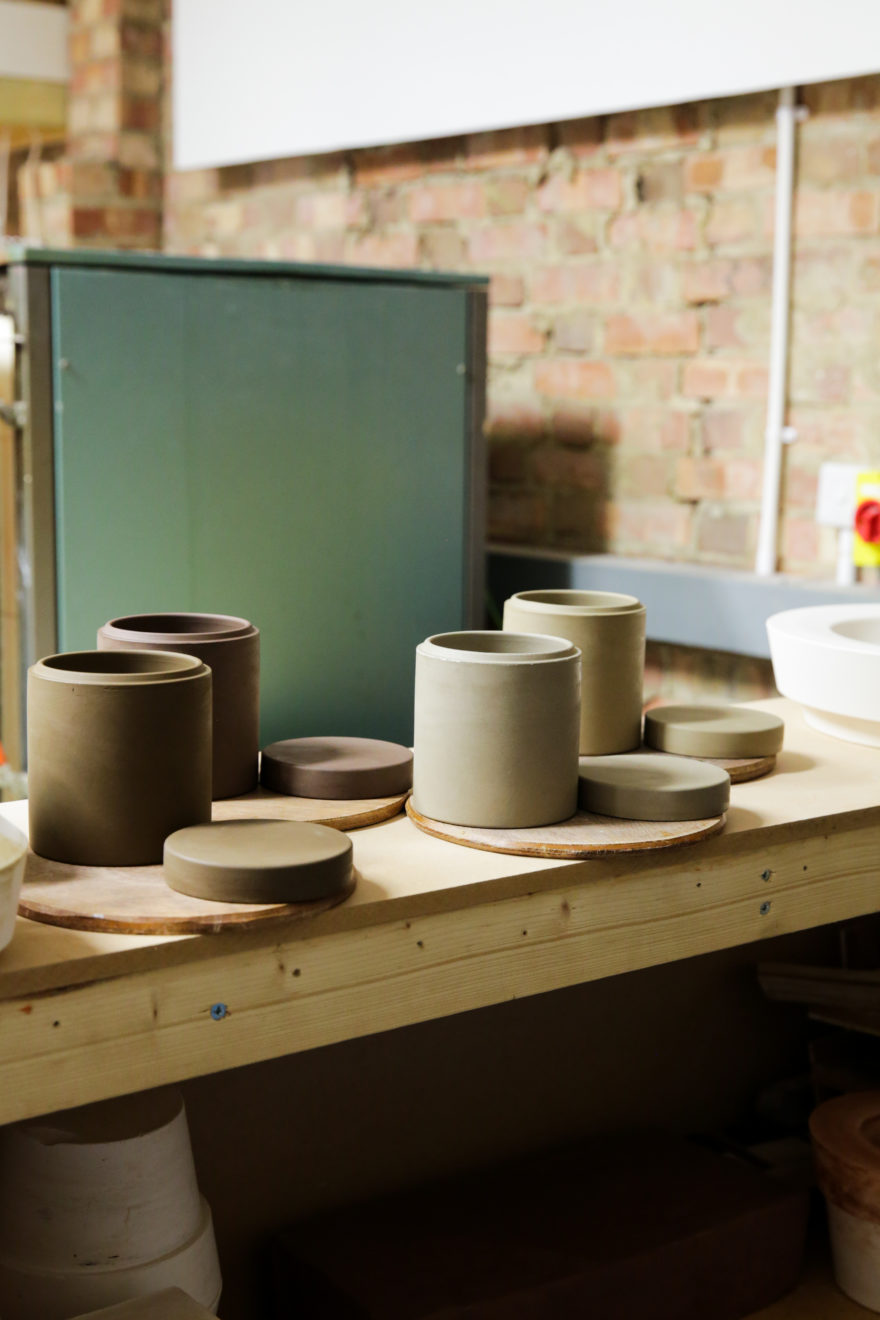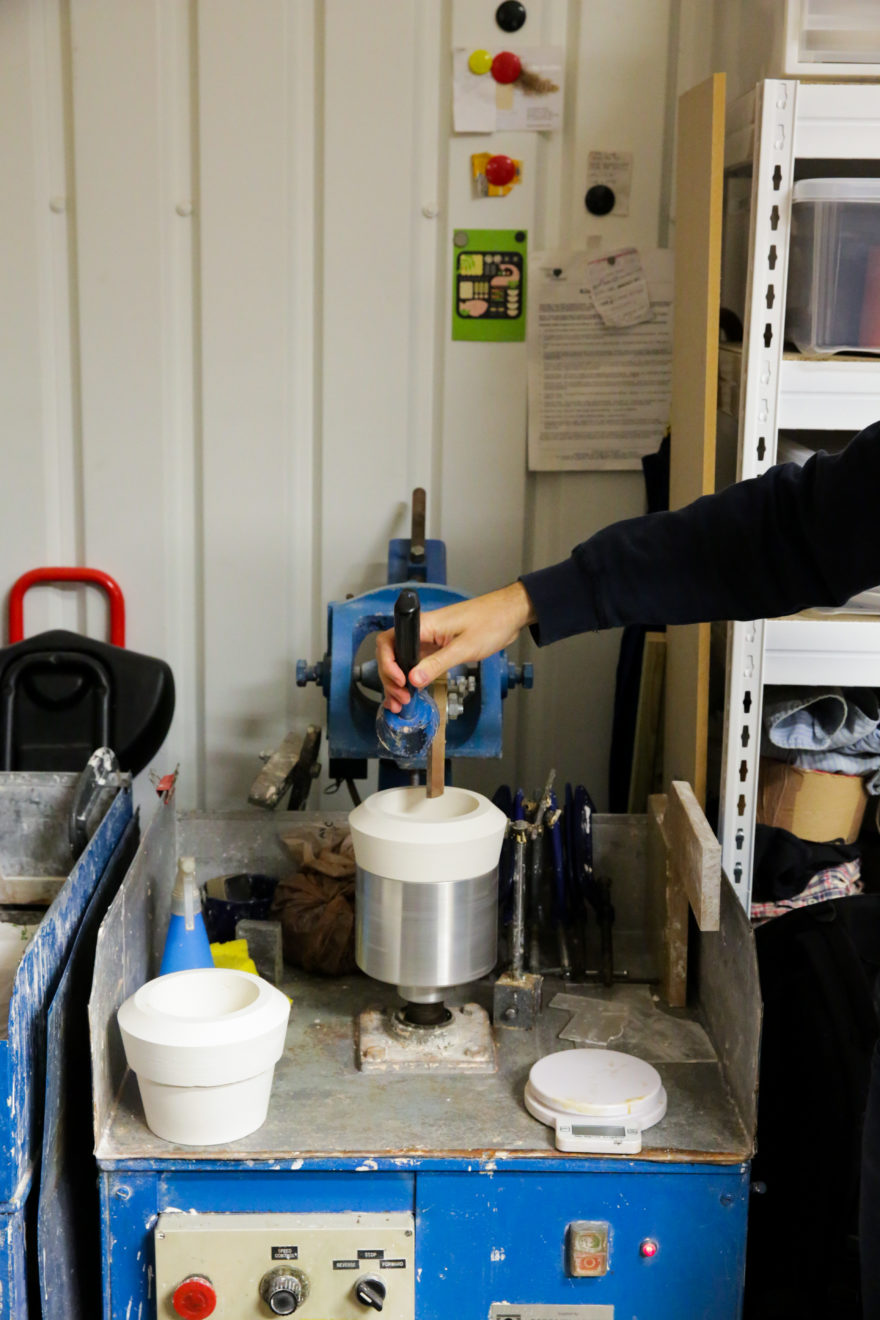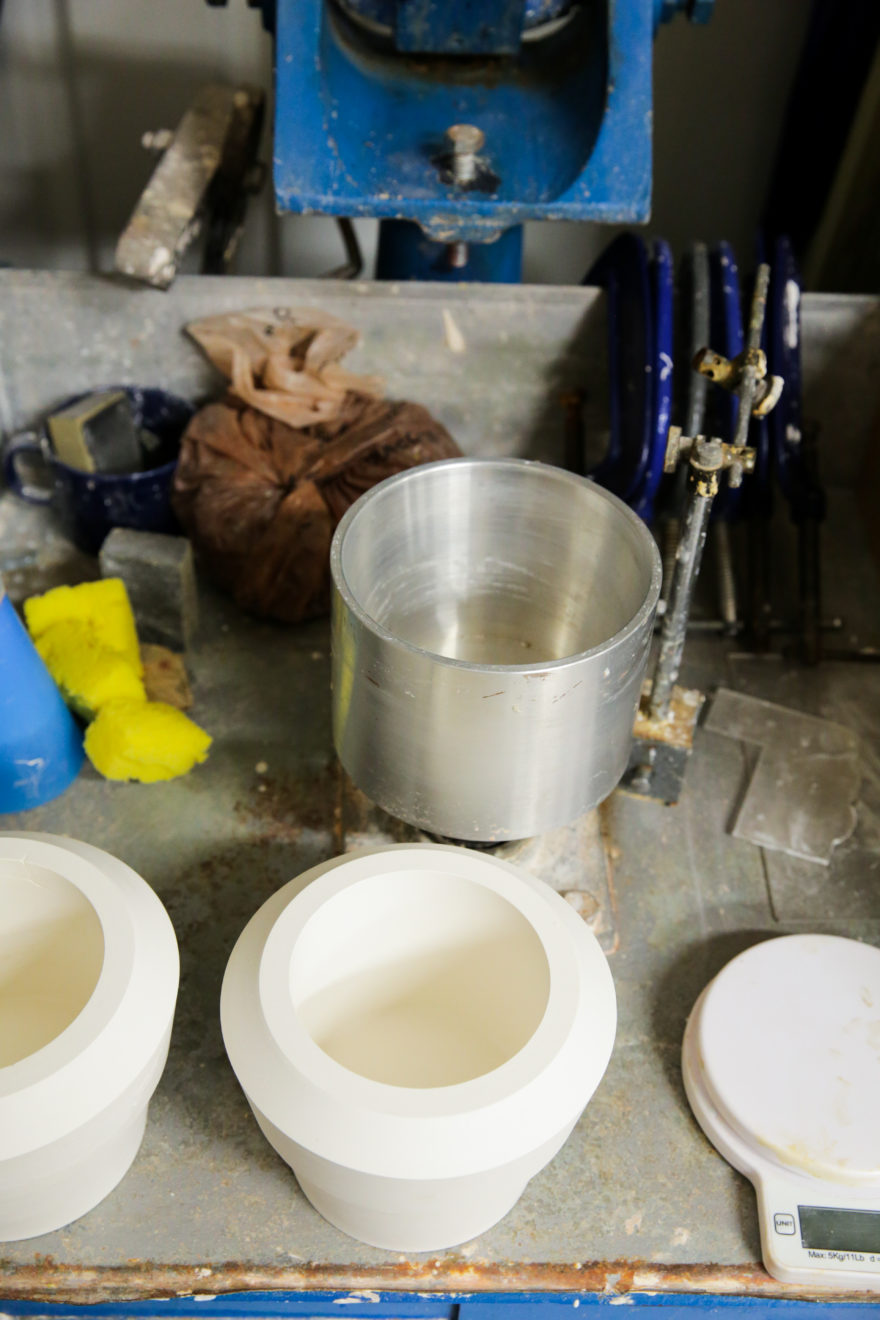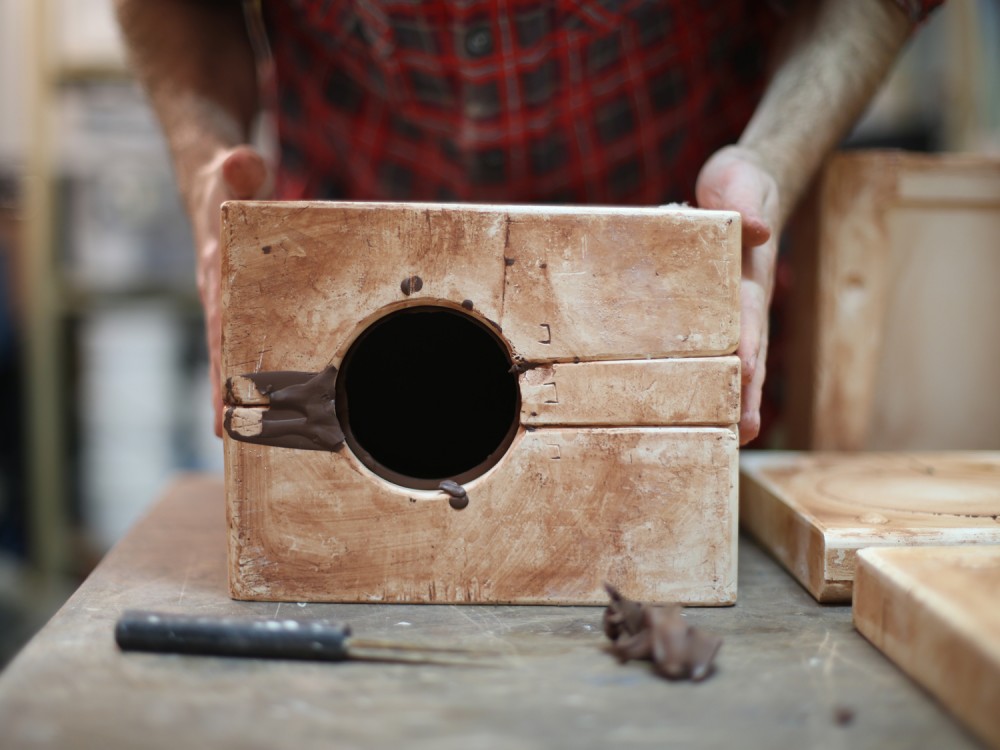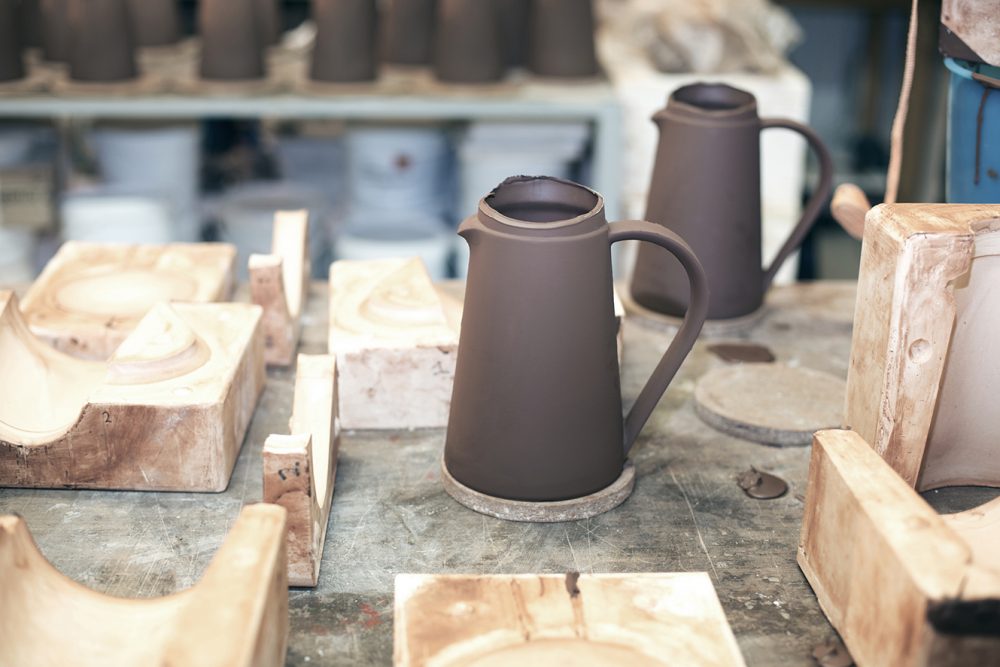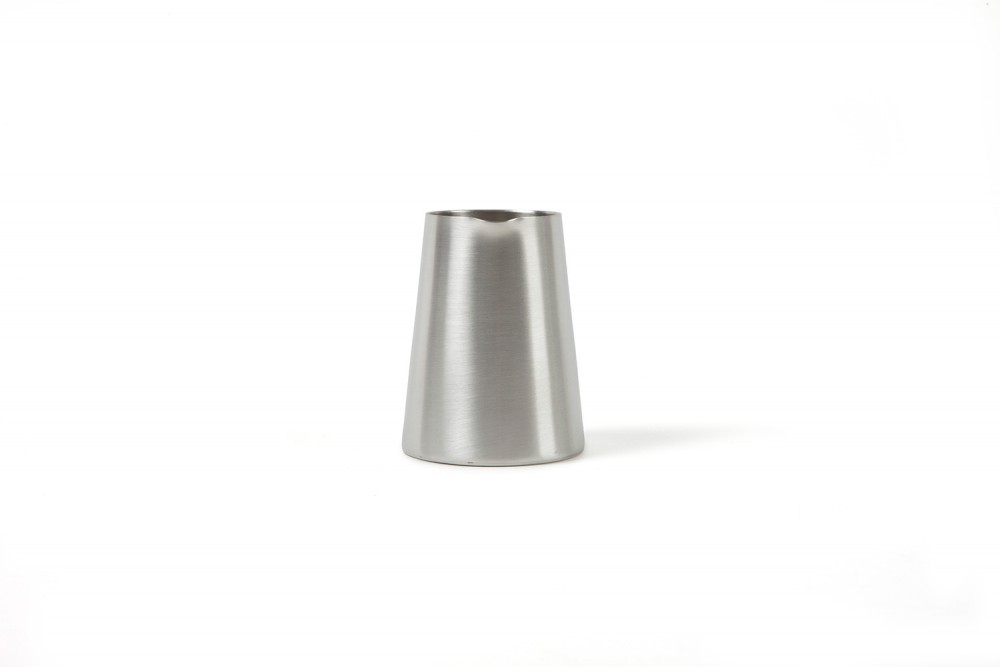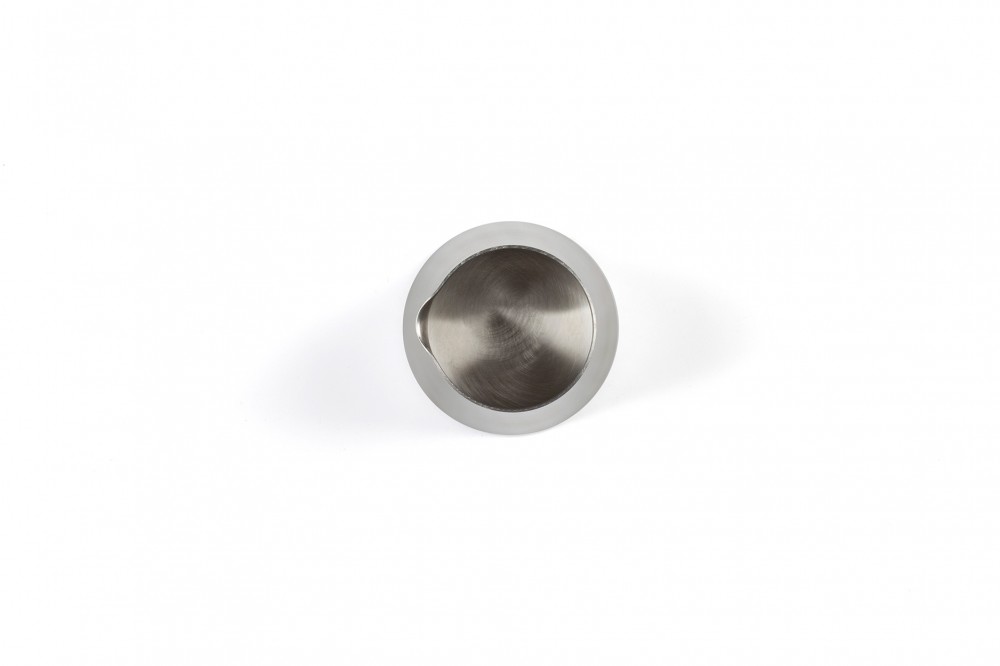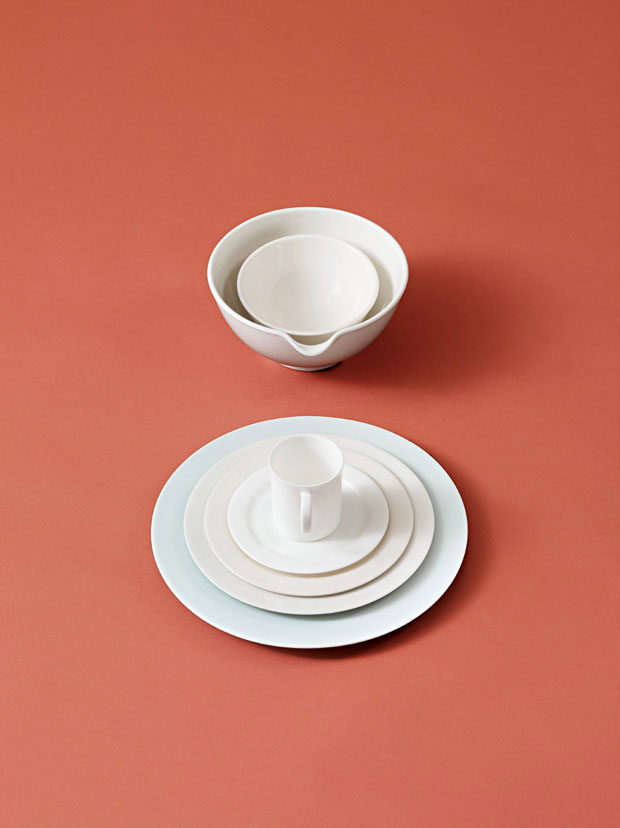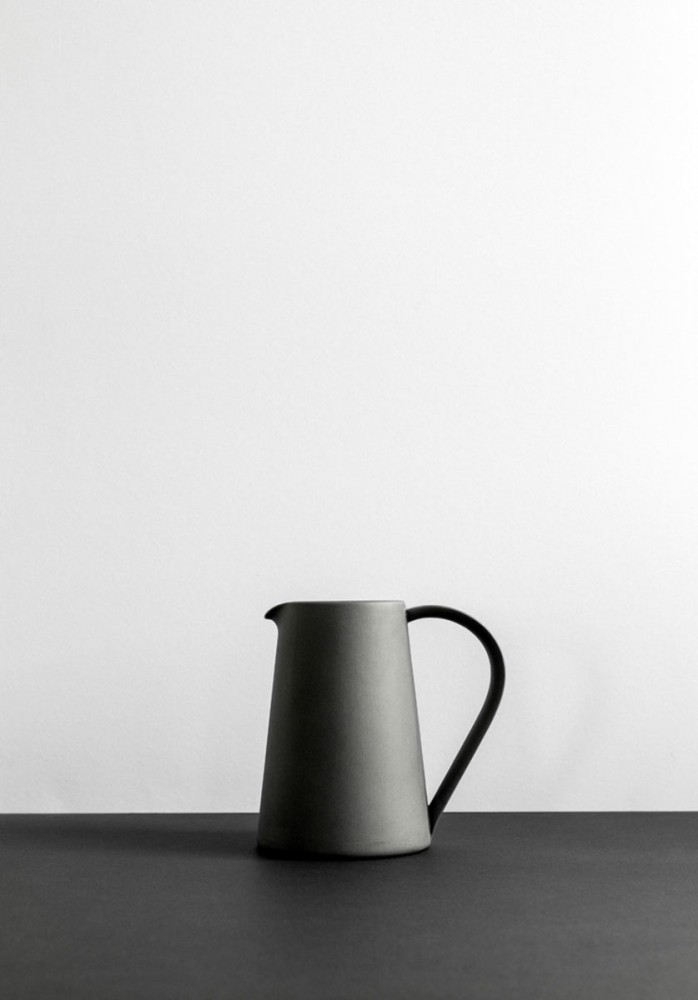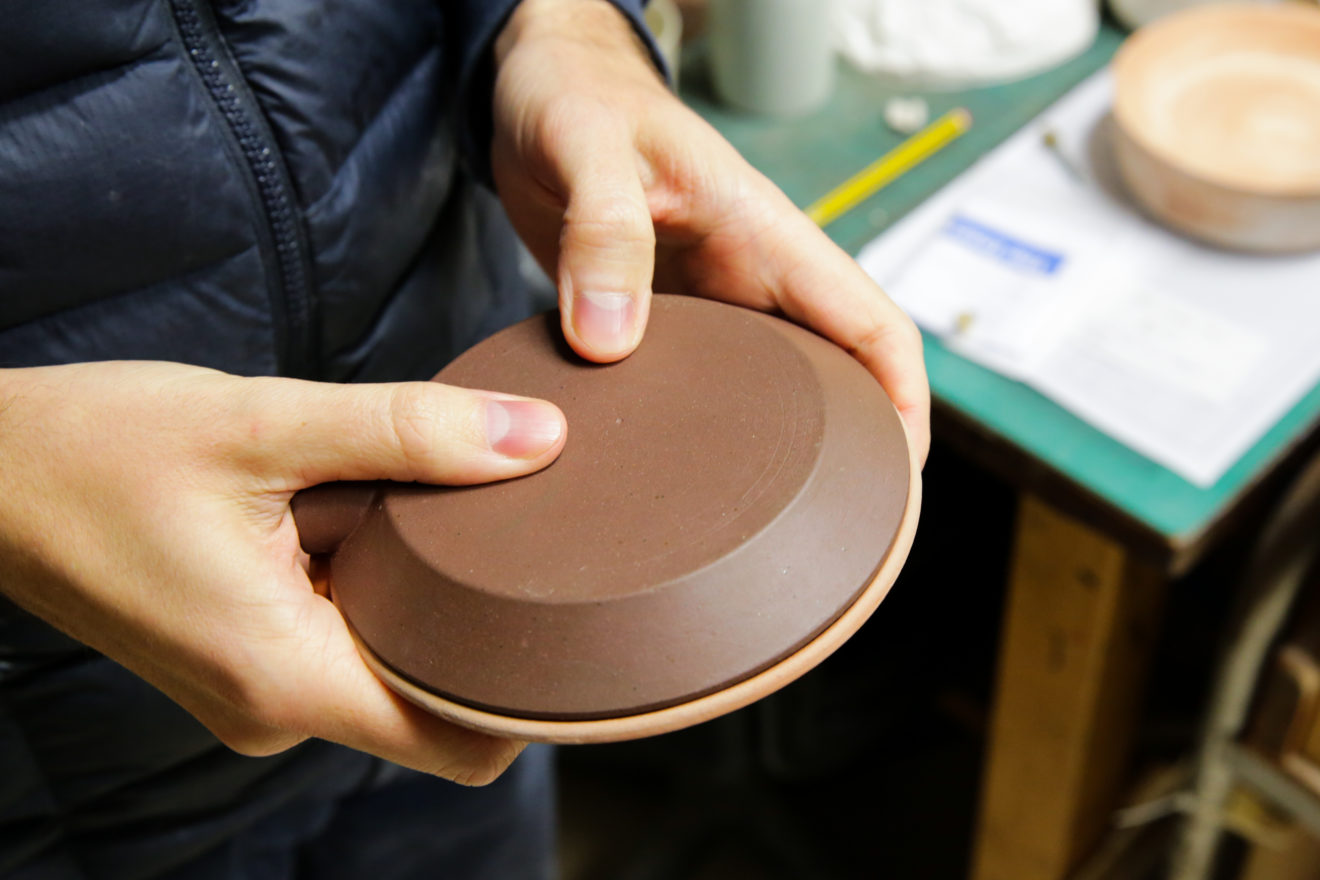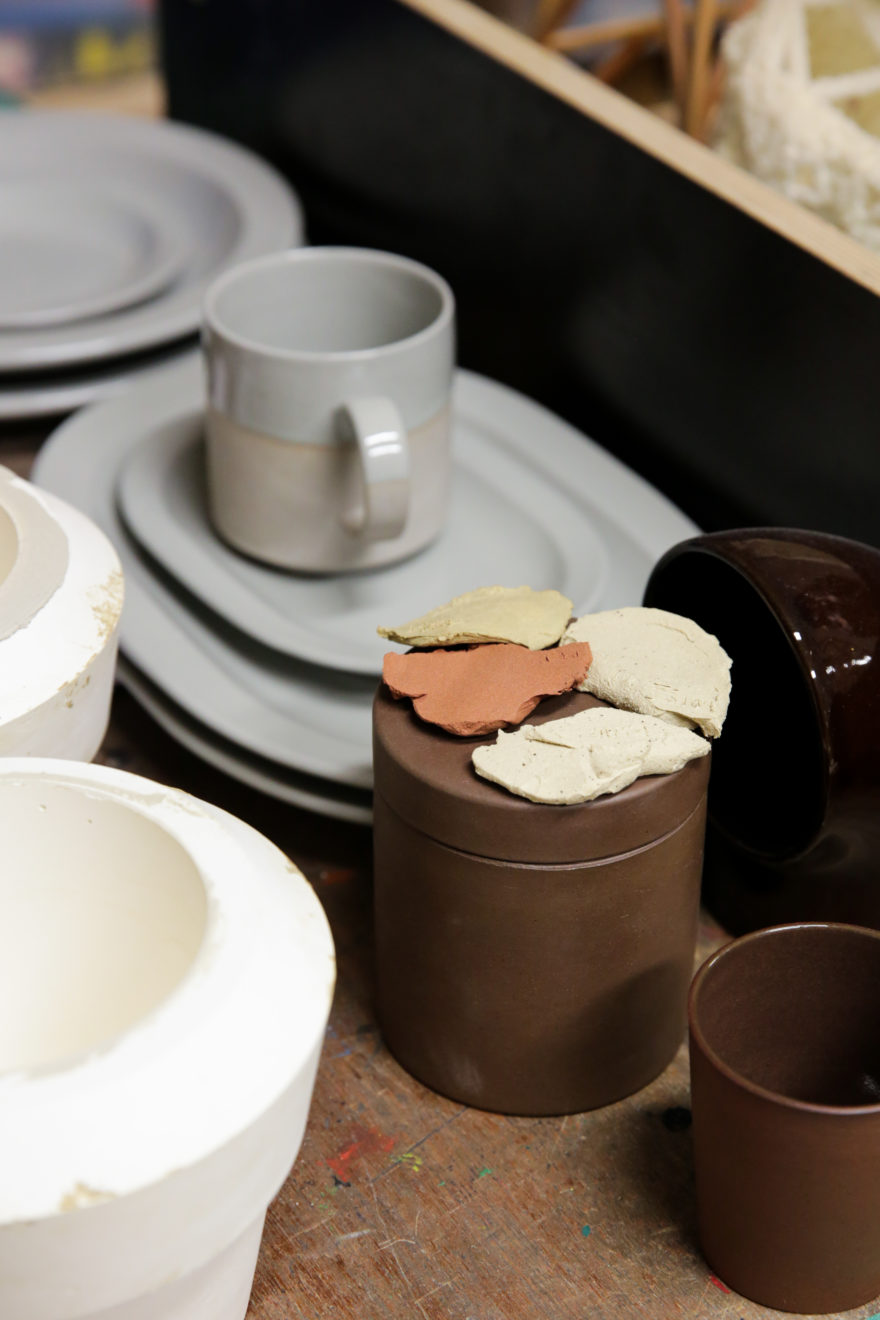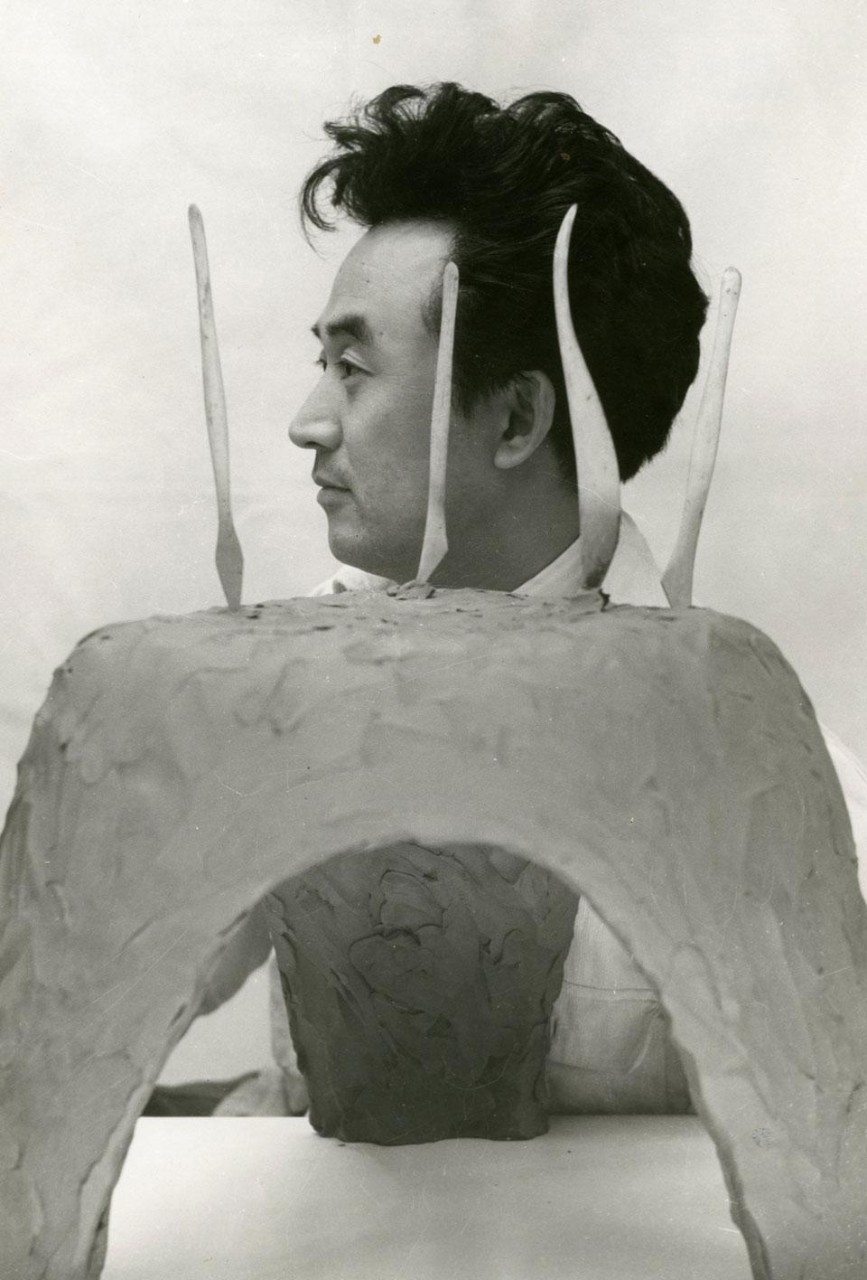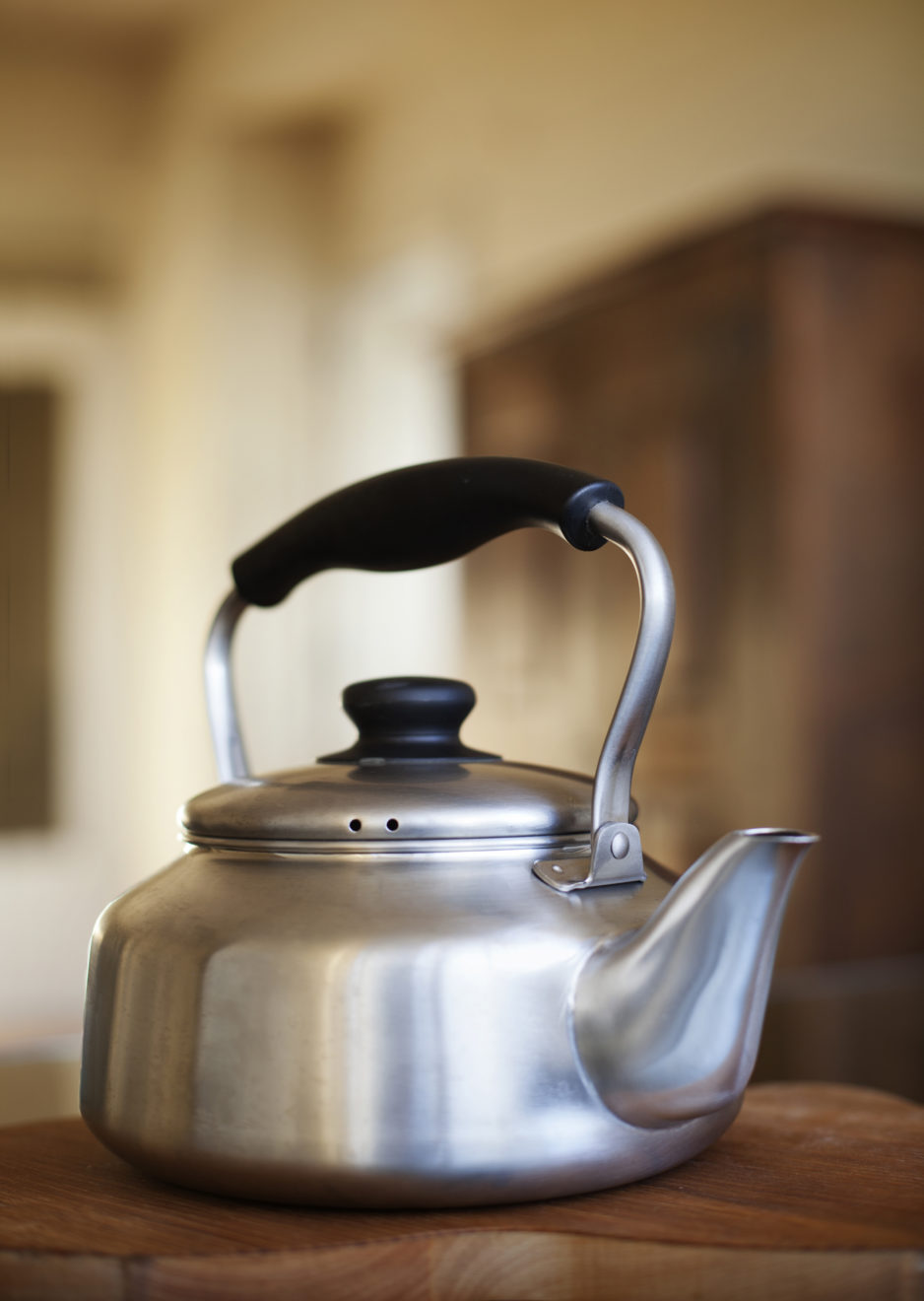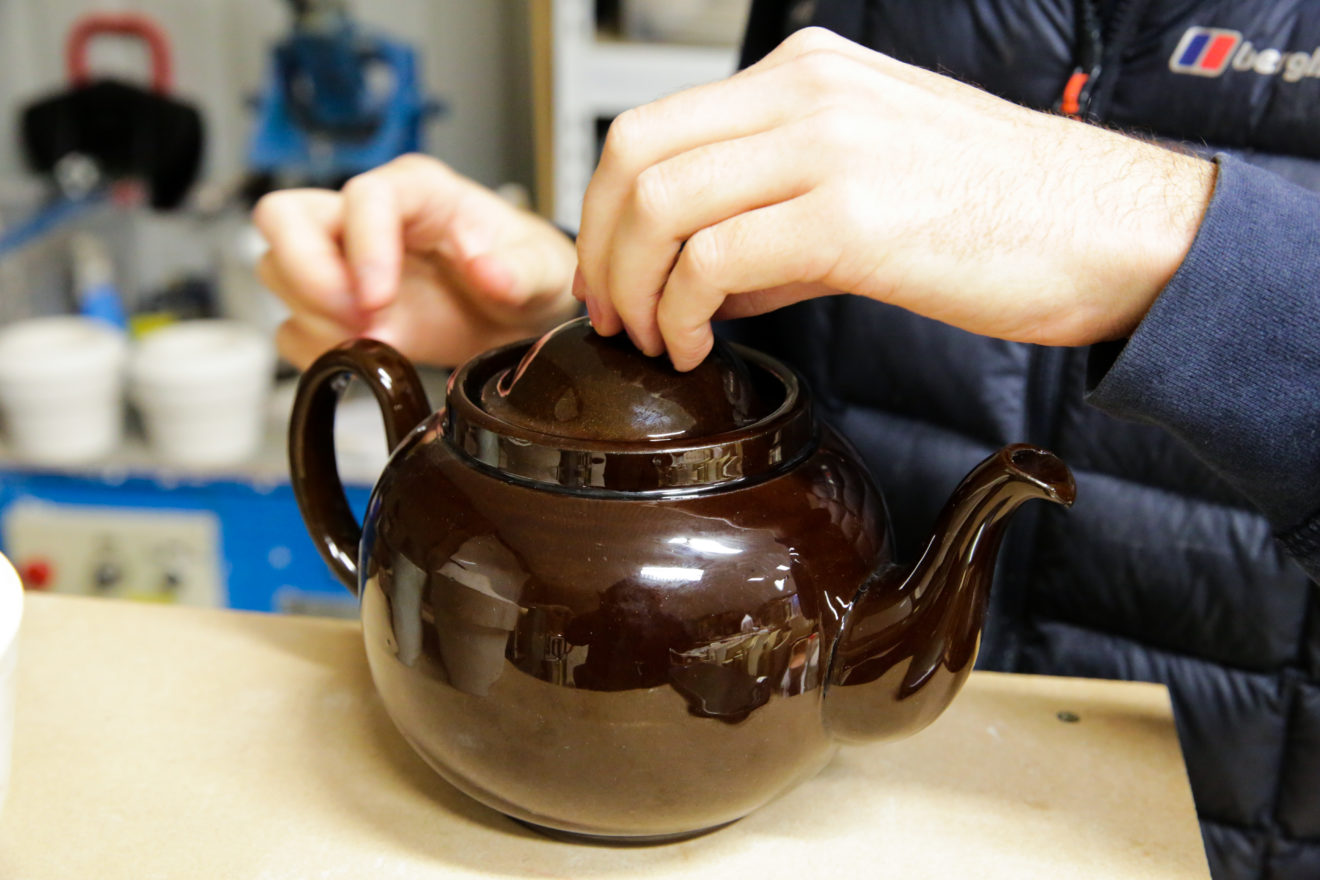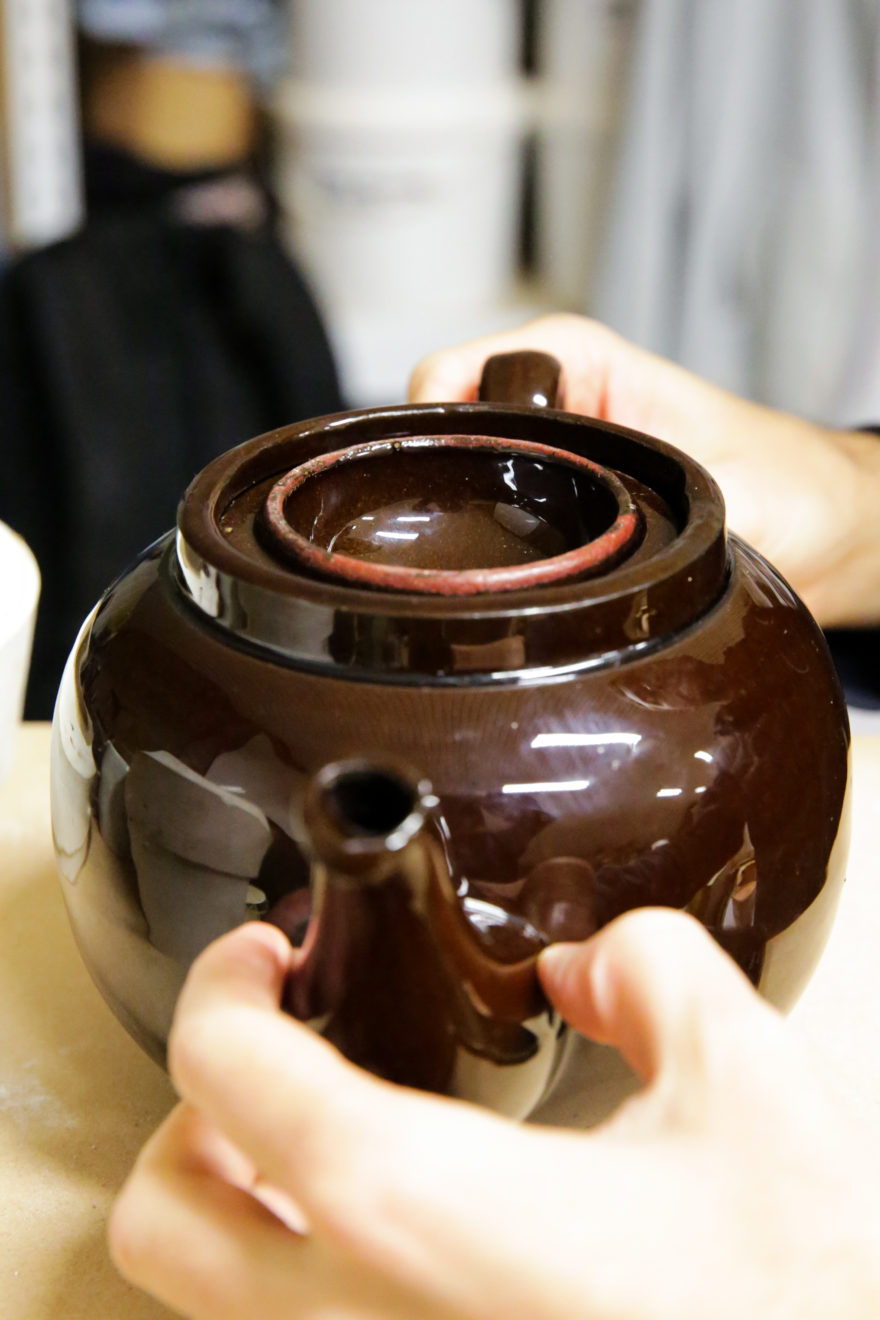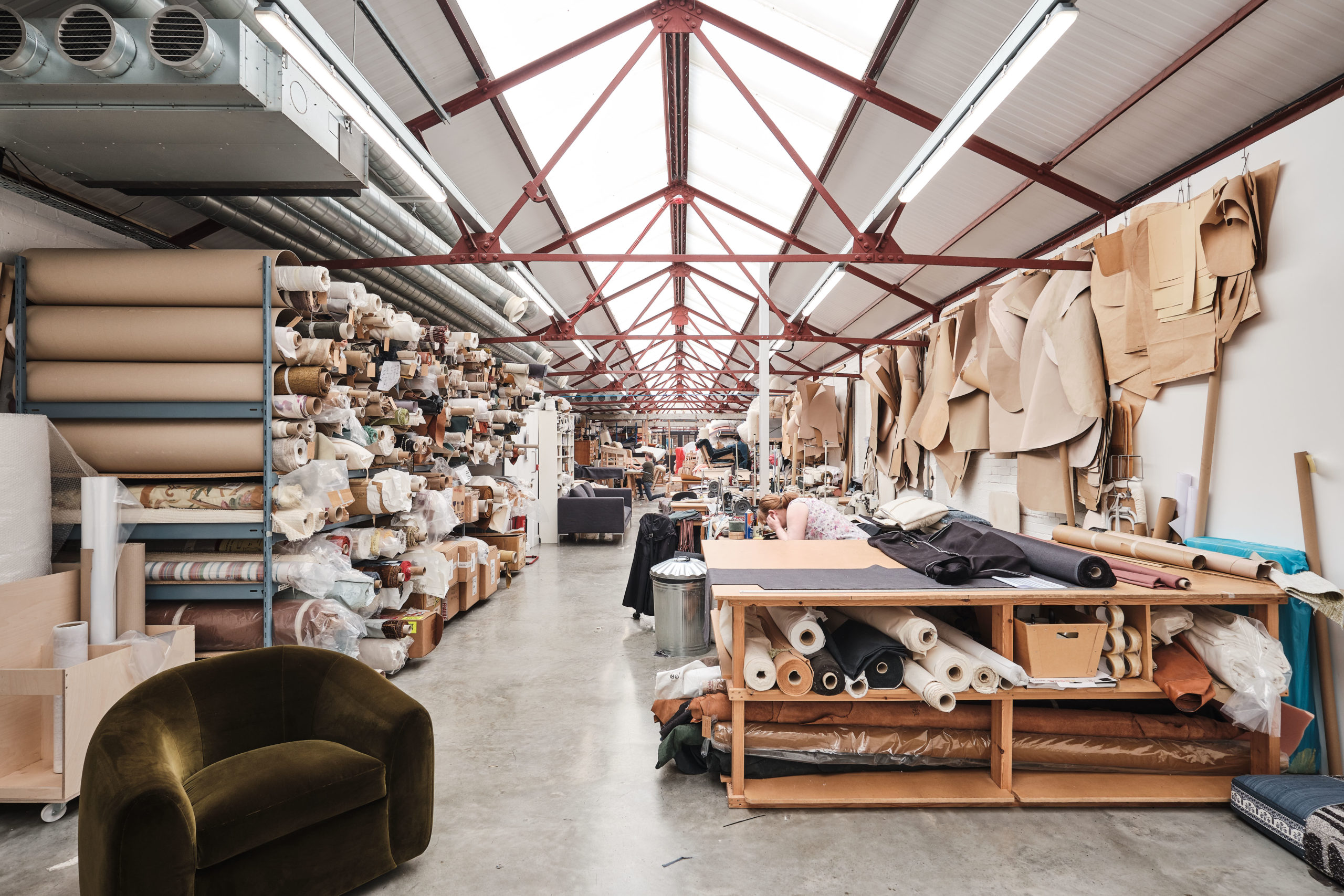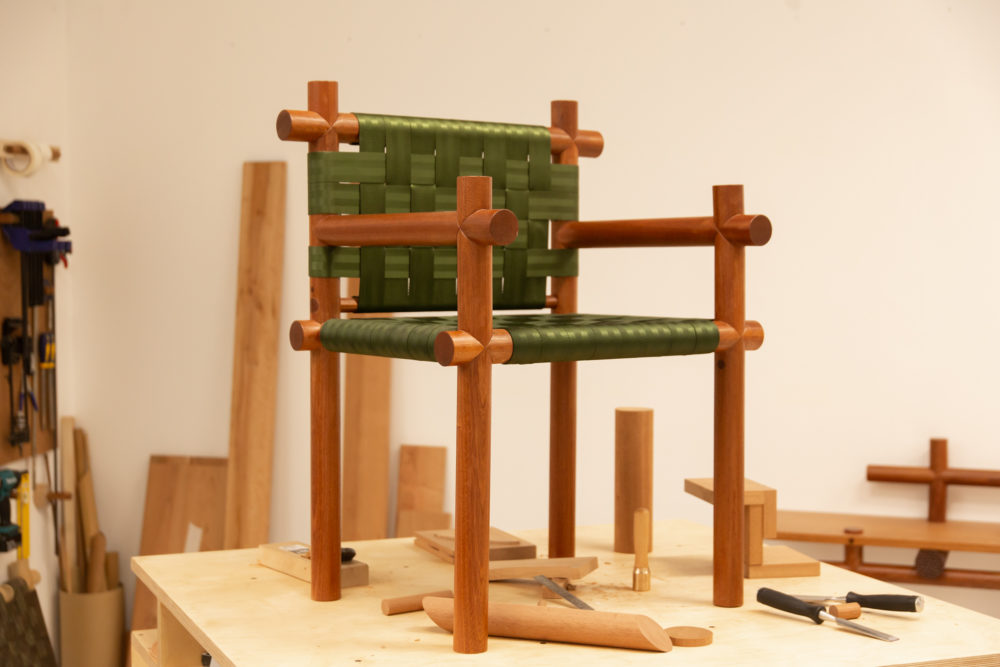Ian McIntyre
Ian McIntyre graduated from the Royal College of Art in 2011. Together with a few fellow graduates he founded a studio in East London where, collectively, they have produced site specific works for Erno Goldfiner’s Willow Road and William Morris’ Red House. Independently Ian works primarily in ceramics and has created beautifully refined pieces for clients including Hay, Another Country and Very Good & Proper. Previously he worked as a cabinet maker at Vitsoe. We caught up over a strong coffee and discussed his favourite design piece in his own home and how he would like people to feel when they’re interacting with his own designs.
More and more recently I have realised that I am whatever a client wants me to be; I have lots of different hats. I design through making, that’s how I generate most of my ideas, but I don’t necessarily feel that my output is that of a ‘maker’. I trained as a designer, not a potter. I want people to interact with what I make like you would with an old friend, something that you instantly recognise and feel comfortable with, they shouldn’t shout or demand attention.
Really important! I feel like the most well resolved objects are the ones that pay close attention to the process of the person making it. There are subtle details that are easily lost between design and production if you don’t get it right. The products that I design rely heavily on people to make them, they don’t come out of a cookie cutter machine, there is a person who is moulding, fettling, sponging them. You have to know who is going to make it, and how, as this will quite often determine the shape. That person has spent a long time learning that skill so it doesn’t make sense for them to learn something new, especially if you want to get the quality of the product right and that’s the most important thing to me.
The story of ceramics is so rich that I think you can’t help being influenced by that loaded narrative. You can trace our cultural evolution using the history of ceramics. It’s one of the oldest man made materials that we still have a record of. Also, the ability to make an intervention within the material at various stages of the process is really interesting. I am interested in architypes and what relationship a person has in their mind (knowingly or unknowingly) with that object, and ceramics has so many examples of those architypes, many of which are thousands of years old so you are subconsciously drawing on what that shape means. They have been around for so long that they are well resolved in terms of their function but your connection to the material is what really interests me. Why is a ceramic bowl favourable to a plastic one? Your connection to a ceramic bowl is far superior to the plastic one.
I would like to work with plastic but not for tableware. I haven’t been able to give it much thought though as I feel I’m still a novice in the world of ceramics. I don’t feel like I’m done with it as a material because every time I work with it, it pulls up a load of new qualities or avenues to explore. I am currently working with spun metal for Another Country and I have previously worked in glass as well but ultimately with everything I design there is a fascination with the person who will be making it. I’m not interested in the aesthetic of craft, actual craft comes from the dedication to a material, the depth of understanding of that material and the processes.
I would love to design a wooden chair, probably using bent wood because of the history, the efficiency in the process and the unique characteristics of wood. I think every designer wants to design a chair but it’s one of the hardest things to get right. The chair is like an extension of the user, it provides an intimacy in a similar way to the way that you interact with ceramics. Chairs seem to be way more progressive and modern in their aesthetics, especially when compared to tableware. For some reason, I feel like there’s a very traditional inclination, particularly in the UK, when it comes to ceramics. Maybe because it’s not seen as a consumable, it’s something that people want to look after for a long time which is another reason I like ceramics.
A Japanese industrial designer called Sori Yanagi. His father, Muneyoshi Yanagi, was a philosopher who founded the Japanese arts and crafts movement in a similar way to William Morris, although it has been longer lasting than it was here. Sori was heavily influenced by this movement but, because he’s an industrial designer, a lot of the objects he creates derive from model making and manipulating materials by hand and then industrialising them, which is similar to how I work. His objects contain a quality that you wouldn’t be able to design in any other way. You wouldn’t get the same aesthetic from a computer – it’s only achieved through the manipulation of materials. He is a big influence on me, especially the way he has combined craft and industry. My favourite object is a kettle designed by him, not only does it look great but it’s a work horse, I use it all the time.
The Windsor Chair. It’s one of those vernacular objects which is part of a huge family of variations and different characters. Because it’s un-authored it’s evolved at the hands of many makers each with their own aesthetic and language. They’re also really functional. They’re very light for their size – easy to move around, traditionally the legs were made of hardwood for strength and the seat softwood for lightness – the chair has many other examples of these rational yet beautiful details.
I have just finished my research (as part of my PhD) into the Brown Betty teapot. It’s an object that’s evolved over roughly 300 years and I’ve been looking at what I perceive to be the best historical examples and comparing them to what is being made today. Originally it was stripped back to the point where everything was a derivative of its functionality, there was no aesthetic choice in it whatsoever. For example, the globe shape is the best to diffuse loose leaf tea; the clay was red and it hid the tea stains as did the Rockingham glaze. It used to have a really rough-cut spout (which could look like it had been made a bit cack-handed) but that roughness was intentional and helps cut the flow of tea after pouring. I’m really curious about these objects that evolve over time to be supremely functional as apposed to the majority of teapots today which seem to be aesthetic judgements.
I just designed a table set for Very Good & Proper (VG&P) which is grey stoneware with a clear glaze and I’m developing my own studio collection at the moment which I’ll be producing in small batches.

